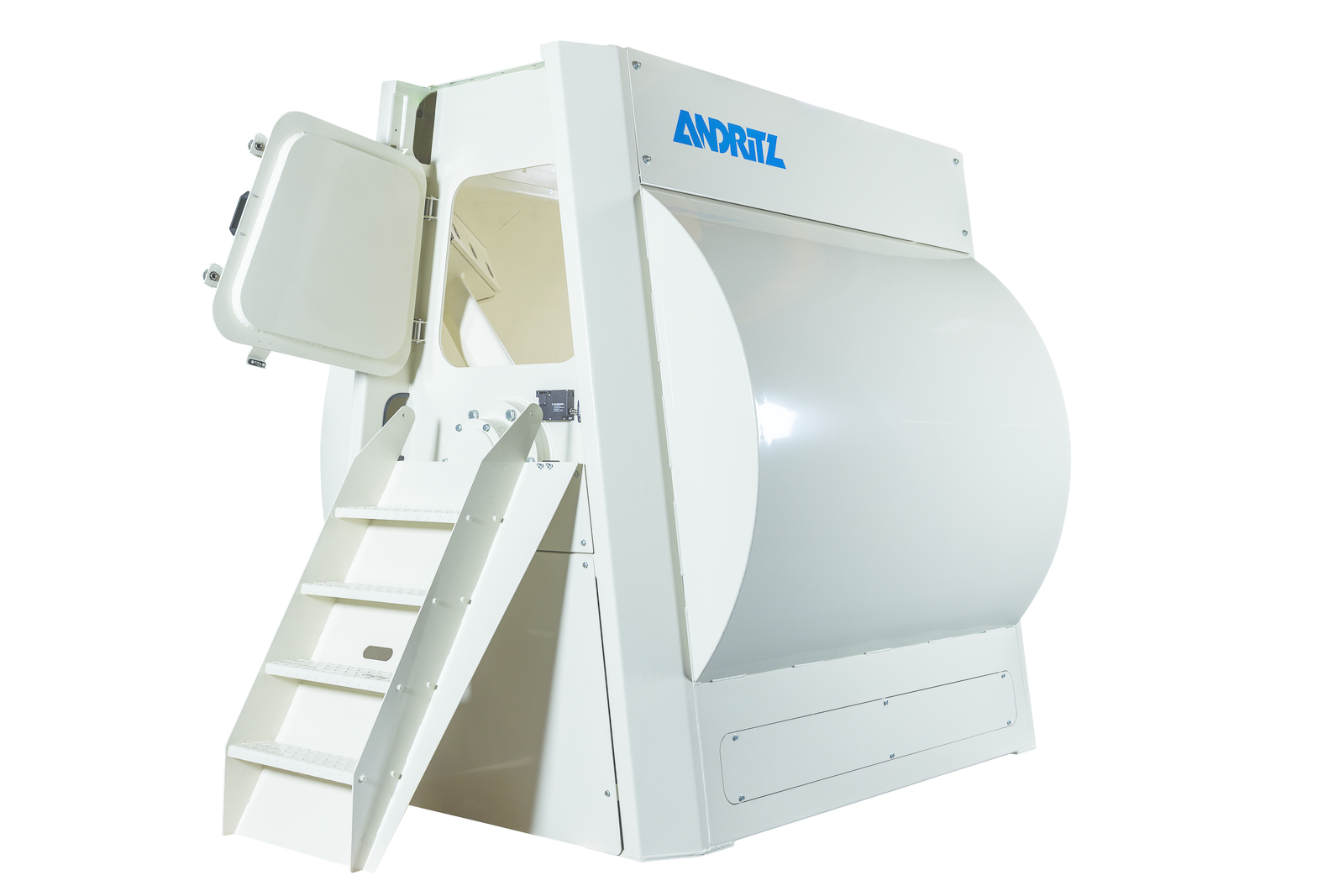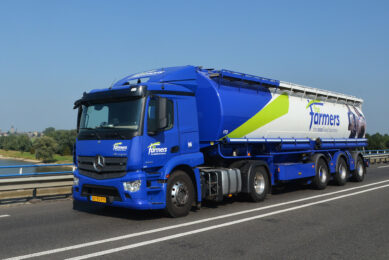Mixing: An important step in feed production

The mixer plays a vital role in the feed ?production process, with efficient mixing being the key to good feed production. Only then, the assortment of ingredients (formula) will create the best results and uniformity of the feed ?pellets is secured.
By Christian Andersen, sales manager, Anne-Julie Andersen, marketing assistant ANDRITZ Feed & Biofuel Technologies, Denmark
The process from raw material intake to finished feed pellets include many steps: It starts with dosing/weighing, followed by grinding, mixing, conditioning, expansion and pelleting. When the pellet has left the pelletiser it will be transported to the cooler, sifter and coater. Prior to the mixing process, the feed ingredients have been weighed and grinded and the vitamins and minerals have been added to the feed compound. The next step is then for all the ingredients to be mixed together.
Mixing technology
Basically, mixing (or homogenising), means to transport the individual particles to an exact position in relation to other particles and thereby avoid segregation. It is very important to have all the ingredient mixed together properly to achieve a good feed pellet quality. Optimum mixing of the feed ingredients will ensure uniform distribution of nutrients, vitamins and minerals, which will result in a homogeneous nutrient content in each feed pellet. Further, it will ensure optimum growth of the animals.
What is a good mixer?
There are many demands to the capabilities of a good mixer. Especially, speed and quality are two qualities customers prioritise. A good mixer should provide both fast and efficient mixing. Furthermore, it should be easy to clean and maintain. For feed millers, it is important to have a list of principles in mind when dealing with the mixer. Mixing is of enormous impotency and it is very important, it mixes all particle sizes equally precise. It is important to know what the feed formulation is and that all the ingredients remain intact during the process. For example, many feed formulas today contain different enzymes opening phosphors or in some cases to cover the phosphors and failed mixing can result in slow grow of the animal. When mixing is not done correctly with certain ingredients, it can lead to serious problems in the animals. Think of too many or too few minerals or medicines in the end feed. It can result in animals getting sick.

Prior to the mixing process, the feed ingredients have been weighed and grinded and the vitamins and minerals have been added to the feed compound.
Ingredients in every bite
On the other hand, animals should get all the ingredients in every bite they eat. For young animals this principle is even more important; a one-day old chicken for example consumes only 10 grams per day, but it still needs planned ingredients to be in the feed for it to grow as expected. Otherwise, it will cost the farmer money and feed already takes the largest share in the production costs. Even a full-grown pig that consumes 6000 grams per day, it is equally as important that the formula is mixed properly, so it gets exactly the ingredients it needs for it to grow. Mixing the feed formula for both the young chick as the pig demands high accuracy, as the chick formula contains as many ingredients as the diet formulation for the full grown pig. In other words, good mixing ensures the required growth of the animals. At the same time, it is also important to consider that no products are carried (cross contamination) from one formula to the next. This is where the cleaning part comes in. A mixer needs a good cleaning on a regular basis and a mixer design that can be cleaned easily and thoroughly helps a lot in this.
New paddle mixer
In a quest to ease production, increase cost efficiency and high-quality results, the company ANDRITZ Feed & Biofuel Technologies, based in Denmark, has developed a new type of mixer, the OptiMix paddle mixer, which has a shorter mixing time. The new patentable design features are unique to the market. The mixer has a new improved design to improve its performance. It is three times faster than the old type mixer from the company. Furthermore, cables and other installations are hidden, making it easier to clean. The mixer also has a self-cleaning function. This prevents cross contamination between batches and ensures no leftover are left behind in the machine. It also ensures fast and efficient mixing, easy installation and easy access to liquid systems. This new mixer was tested and verified by TI (Technological Institute) and MTSE (Micro Tracer Services Europe) by using the toughest test method described. The new OptiMix paddle mixer achieved a mixing probability of (p) > 25% within 75 seconds (Equivalent to CV < 5%).











